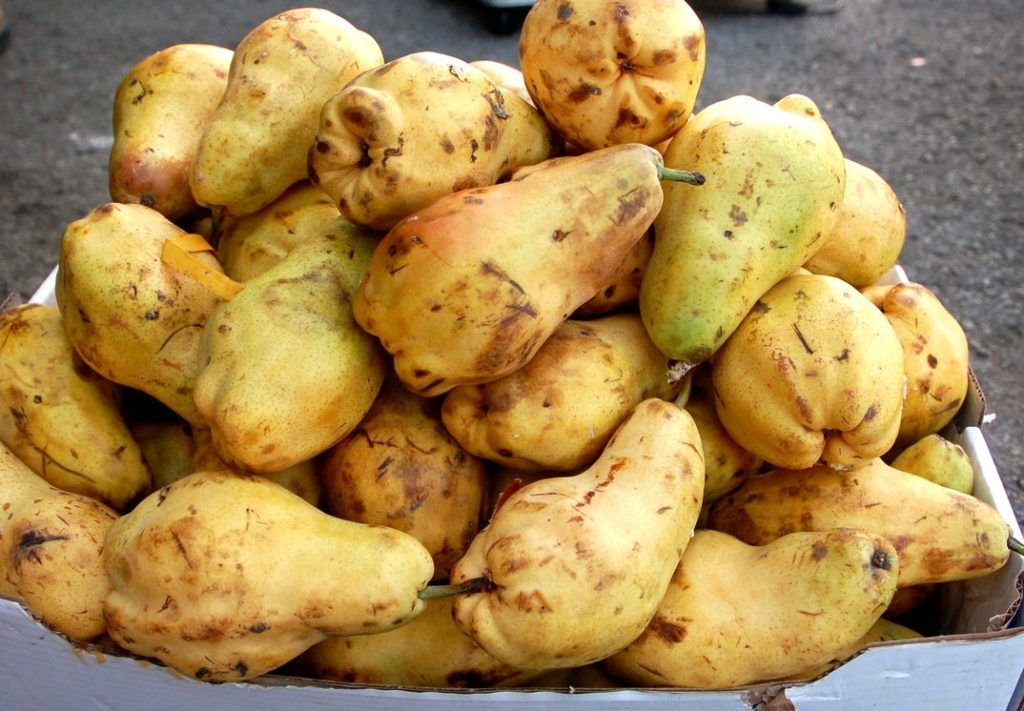Surveys for Estonia’s national food waste assessment reveal that the country throws away a total of 92,000 tons of food annually, worth close to €100 million.
Food waste is a serious concern for sustainable development; it even has its own target in the Sustainable Development Goals, Target 12.3. SEI Tallinn recently completed the second of two surveys of food waste by different sectors in Estonia, this time looking at food and drink manufacturers, wholesalers and retailers. The results show some big differences from the European norm.
The surveys show that most of the food waste in Estonia – 70,000 tons, or 78% – happens in households and another 13,000 tons (14%) in restaurants and other catering establishments. Although European Union citizens tend to assume that retailers are responsible for the most food waste after consumers, Eurostat data indicates that in fact the food and drink industry wastes much more across Europe: 39% of all food waste, compared to only 5% by retailers and wholesalers. However, Estonia does not follow the EU pattern in this regard: the national food and beverage industry is responsible for only 3% of food waste, while retailers and wholesalers are accountable for 11%, according to SEI Tallinn’s surveys.
Commissioned by the Estonian Ministry of the Environment, the surveys provide a complete overview of the food waste situation in the country. Many EU members, especially in Eastern Europe, have not yet collected such comprehensive data. The results of the surveys will be used in Estonia’s National Waste Prevention Programme.
Compared to other European countries, the survey findings suggest that Estonia is a relatively minor offender in terms of food waste. Across the EU, the average person wastes 179 kg per year, according to Eurostat, but the surveys revealed an average of only around 70 kg per capita in Estonia. However, this is probably a reflection of the relatively low average incomes and rates of food consumption in Estonia, as well as the small food and drink industrial sector, compared to other parts of Europe.
As well as quantifying food waste, the surveys looked at causes of waste and strategies to reduce it in the respective sectors. Harri Moora, Programme Director at SEI Tallinn, explains the causes of retail and wholesale food waste: “The nature of today’s commerce makes it very difficult for a retailer to predict sales of food products and plan accordingly. Competition in the sector is intense, and so stores try to have a wide variety of food products on their shelves at all times rather than only stocking what they know will be in demand. In addition, retailers frequently sell products at discount prices in order to attract price-conscious Estonian consumers, which can lead to them buying more food than they need.”
Moora adds that concern over the aesthetic appearance of food products among consumers and retailers and inadequate food handling skills among store personnel are among other factors that lead to food being unnecessarily removed from sale. Also, shoppers often handle fruit and vegetables in ways that leave them visibly bruised or damaged, so they are taken off the shelves and discarded.
The survey found that Estonian food and drink industries rarely donate food – a good way of reducing food waste. “On the other hand, several Estonian commercial establishments are already co-operating with the Estonian Food Bank,” Moora says. “The obstacles to donating are most often linked to logistics and the availability of labour or appropriate storage space. However, ambiguities in the legislation, including those on taxation, food safety and hygiene, might also make companies reluctant to donate food products.”
The survey of food waste in households and catering establishments revealed that most of the avoidable household food wasted in Estonia (35%) is cooked food which people think is no longer edible. People also throw away food because they have prepared too much of it (14%), because they think the food they bought has been in the fridge for too long (12%), because they simply do not want to eat it anymore (6%), or because they believe the expiration date has passed (12%). Like consumers in other countries,Estonian consumers are unclear about the differences between “use by”, “sell by” and “best before” dates, and this confusion leads them to discard food unnecessarily.
According to Moora: “Experience shows that preventing and reducing food waste is a long-term process which highly depends on the awareness and willingness of parties. Understanding the food waste situation is the first step on the way to effective food waste regulation and prevention.”
Food waste in Estonian households and catering institutions (summary in English), 2015
